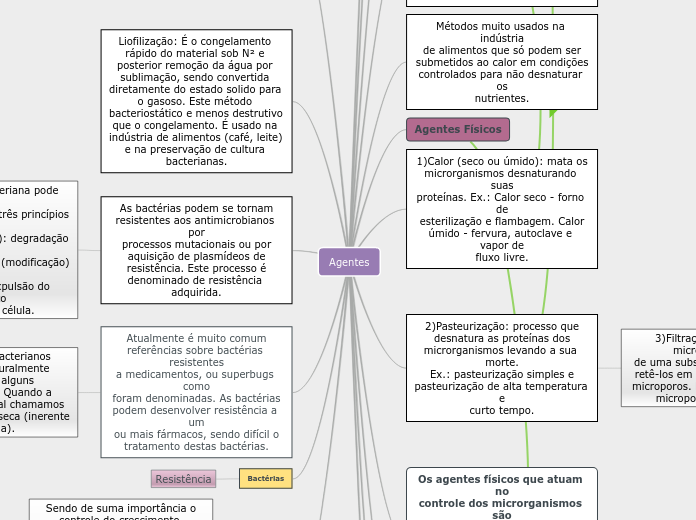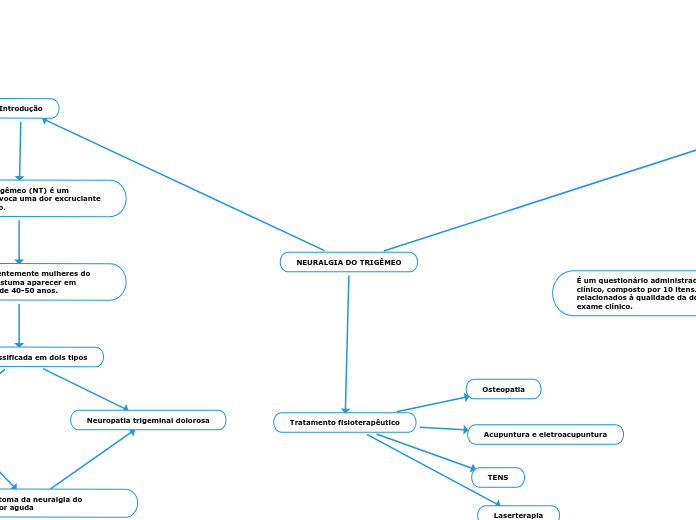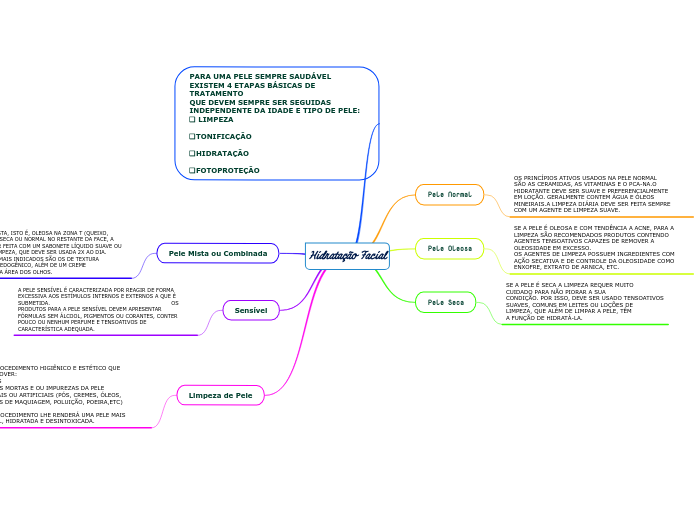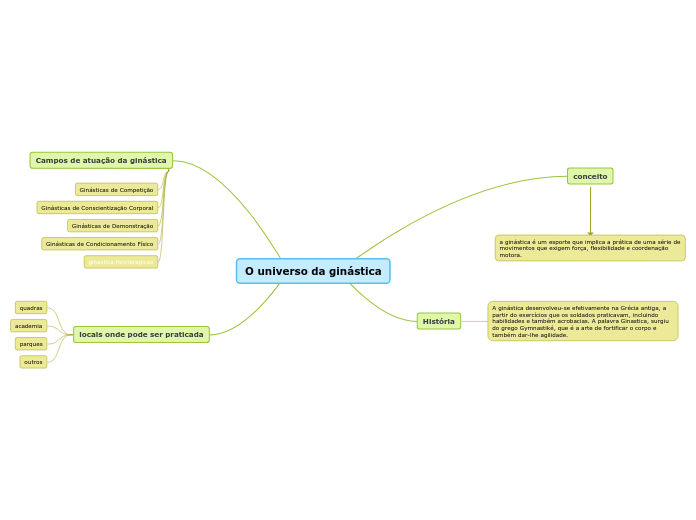NERVOS FACIAL
Type in the name of the book you have read.
MÚSCULOS DA MÍMICA FACIAL
Avaliação clínica
Type the main events of the book, classifying them in: events from the beginning, events from the middle, and events from the end of the book.
Describe the story visually. Add a representative picture for each of them.
Exame físico
Escala de house-brackmann
Sensibilidade
Reflexos faciais
Avaliação das funções
Aspecto da pele
Reação motoras
Type the main events from the middle.
Add a representative picture for each of them.
Anamnese
> Quanto tempo, tratamento, medicação.
> Causa da patologia.
> HDA.
Type the main events from the beginning.
Add a representative picture for each of them.
Teste eletrofisiológicos_ velocidade de condução elétrica e o estado das unidades motoras.
In contrast to the main idea, the theme is the message, lesson or moral of the book.
Some tips to find out the theme of the book easier:
- Try to find it while you are reading. It may be stated or implied.
- Think about how the characters reacted to obstacles.
- Think about the important decisions that the characters made.
- Think about the characters growing or changing throughout the book.
Eletroneuromiografico (ENMG)
avaliar os músculos
avaliar a função do SNP
Classificação das lesões:
Neurotmese
Degeneração walleriana intensa.
Recuperação- cirúrgica.
Axonotmese
Degeneração axonal distal
Regeneração de WALLERIA
Neuropraxia
Take notes while you read the book. Write here your favorite quotes from the book.
Não degenerativa _ tração, compressão, ísquemia.
Regeneração com as CEL DE SCHWANN
Acometimento total ou parcial dos músculos de uma hemiface homolateral a um nervo facial lesionado (VII par craniano)
Take notes while you read the book. Type here the resources, books, or websites that the author mentioned and you want to check out later.
Periférica
"O PENSAMENTO ESTÁ PARA PALAVRA ASSIM COMO O SENTIMENTO ESTÁ PARA A EXPRESÃO FACIAL"
Tratamento farmacológico
Recomendação
Cuidados no banho
Adesivo de oclusão noturna
Lubrificação
Proteção ocular (óculos escuros)
Corticoterapia
Prednisona (Grau B)
Fisioterapia
Cinesioterapia
Exercitar em frente do espelho.
Balão de soprar, língua de sogra.
Resistência no lado sadio.
FNP (Kabat).
Crioestimulação/Cinesioterapia
Combinado com Kabat
3-5 repetição
Gelo
Massoterapia
Descendente do lado sadio
Ascendente do lado lesado
Termoterapia
The main idea is what the book is mostly about.
Some tips to find out the main idea of a book easier:
- Read the title.
- Look for the text features.
- Figure out if you are reading a fiction or a non fiction book.
- Think about some examples that support this idea.
Lado sadio
Quadro clínico
Type the names of the book characters. Start with the main character.
Draw arrows to represent the relationship between them and if it is possible write on them what they represent for each other (if they are relatives, friends, lovers, enemies etc.)
Central
Primeiro neurônio motor
Subtópico
Contração involutária
Paresia do quadrante inferior
Hipertonia e hiperreflexia
Periférica de Bell
Segundo neurônio motor
Hipoalgesia
Sinal de negro
Epífora
Lagoftalmia
Hemiface homolateral
What are the characteristics that best describe the character? Type them here.
ETIOLOGIA
What is the reason why the author wrote the book?
Idiopática (Bell)
Doenças auto imunes
Congênitas
Síndromes (Ramsay hunt)
Tumores
Traumas
Virais
EPIDEMIOLOGIA
Who is the author of the book? Type in his/her name.
Estima-se que a incidência da paralisia idiopática (Bell) seria de 20-30 casos por 100 mil habitantes, com prevalência entre as mulheres entre 30-50 anos.









